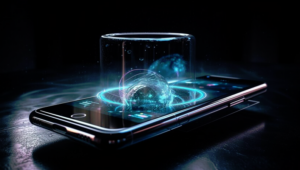What is Drawn Animation?
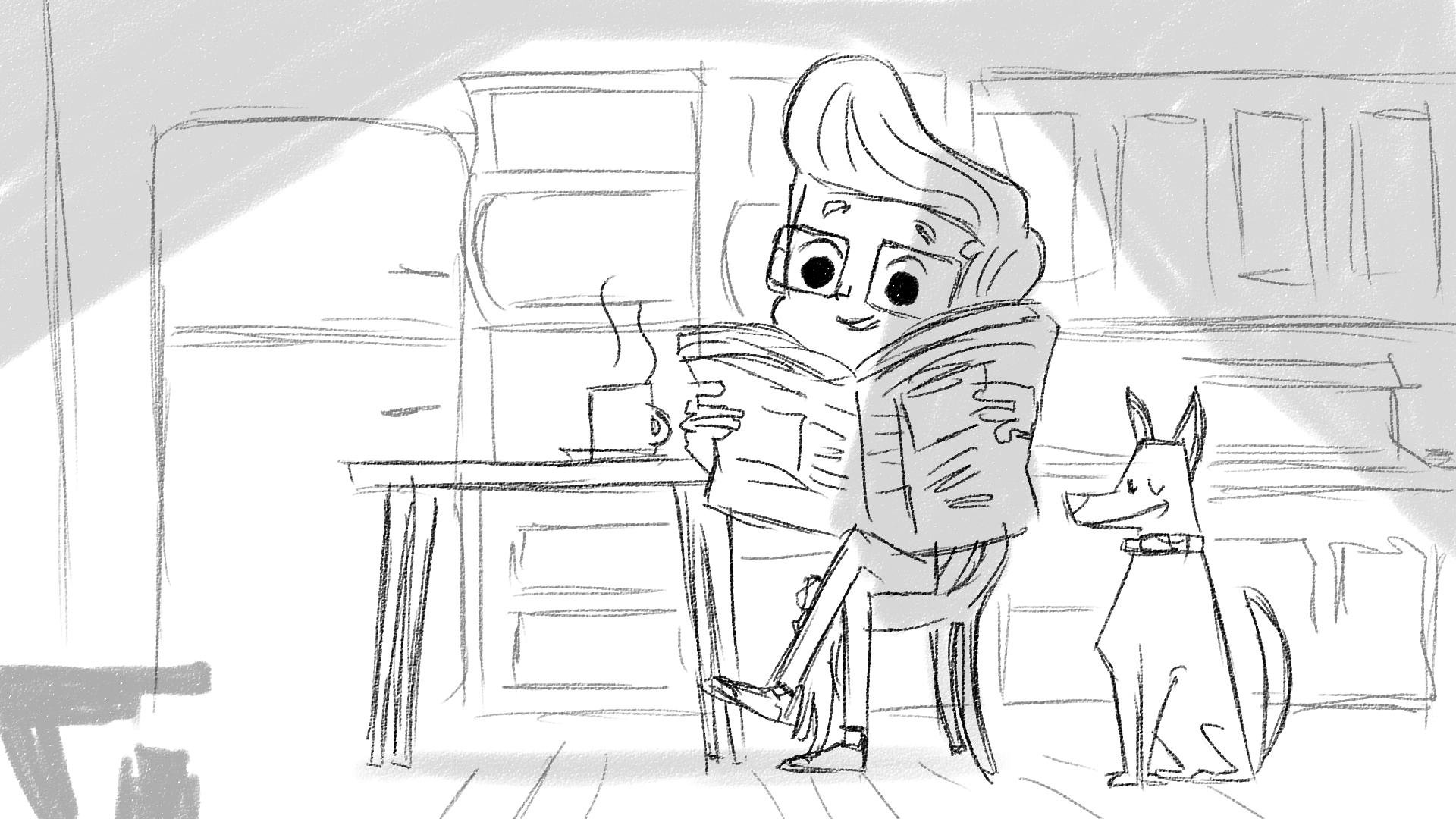
Table of Contents
Drawn animation, also known as hand-drawn or 2D animation, is a classic and timeless form of animation that has been enchanting audiences for generations. It’s a labor-intensive yet highly artistic process that involves creating each frame of animation by hand.
Let’s delve into the world of drawn animation and discover its techniques, history, and enduring charm.
The Essence of Traditional Animation
At its core, hand-drawn animation is about breathing life into characters and scenes through the stroke of a pencil. This meticulous process captures the essence of movement and storytelling in a way that resonates with viewers. But what exactly is drawn animation, and how does it differ from other animation forms?
Traditional Animation vs. Modern Techniques
In today’s digital age, there’s a wide array of animation techniques at our disposal, including 3D animation and computer-generated imagery (CGI). However, traditional animation holds a unique place in the hearts of many animation enthusiasts. Let’s explore the distinctions between traditional animation and modern techniques.
The Magic of Hand-Drawn Frames
The magic of hand-drawn animation lies in the creation of individual frames, each meticulously drawn by hand. This process, also known as frame-by-frame animation, is the foundation of traditional animation. We’ll take a closer look at the frame-by-frame approach and its significance in the world of animation.
The Artistic Process Behind Drawn Animation
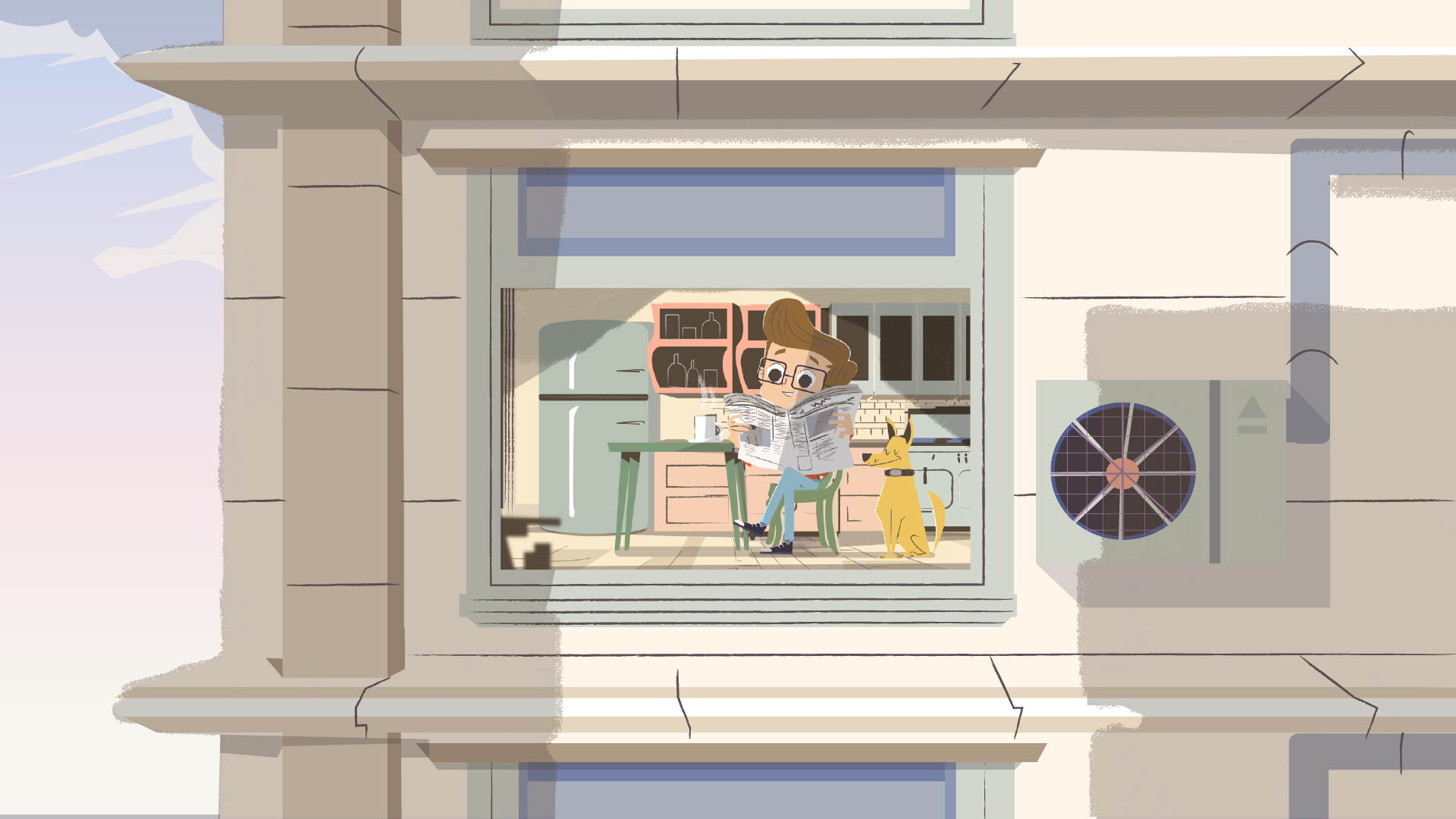
Drawing animation is an art form that requires patience, skill, and creativity. It’s not just about sketching characters; it involves a range of techniques and stages that transform drawings into moving pictures.
Pencil Animation: The Initial Sketch
The journey of a drawn animation begins with pencil animation. Animators use pencils to create the initial sketches, defining the characters, objects, and scenes. This phase is where the characters’ personalities and movements take shape.
Ink and Paint Animation: Adding Life and Color
Once the sketches are complete, the next step is ink and paint animation. This stage adds depth and color to the drawings, turning the black-and-white sketches into vibrant, living characters and environments.
The Role of Cells in Animation
Cells are transparent sheets used in traditional animation to layer different elements of a scene. These cells, when layered and photographed in sequence, create the illusion of movement. Learn how cells play a crucial role in the animation process.
The Endearing Appeal of Cartoon Animation

One of the most beloved forms of 2D animation, is cartoon animation. Cartoons have a special place in popular culture, with iconic characters and timeless humor that have entertained audiences for decades.
Traditional Cel Animation in Cartoons
Traditional cel animation is a technique commonly associated with classic cartoons. Discover how this method was used to bring beloved characters like Mickey Mouse and Bugs Bunny to life.
Hand-Drawn Cartoons: Nostalgia and Timelessness
Hand-drawn cartoons continue to evoke a sense of nostalgia and timelessness. We’ll explore why classic characters and animated shorts hold a special place in the hearts of viewers of all ages.
The Vintage Charm of Drawn Animation
Vintage animation has a unique charm that sets it apart from modern digital techniques. Exploring vintage animation offers a glimpse into the history of the art form and its evolution over time.
Line Drawing Animation: A Journey into the Past
Line drawing animation captures the essence of early animated films. This style harks back to the days when animation was in its infancy, and black-and-white line drawings were the norm.
Hand-Animated Art: A Testament to Artistic Skill
Before the era of computer-assisted animation, every movement was meticulously crafted by hand. We’ll discuss the artistry and skill involved in creating hand-animated art in another article soon.
Old-School Animation Techniques: Lessons from the Masters
To truly appreciate 2D animation we must delve into the old-school animation techniques used by animation legends. From flipbooks to early animation devices, these techniques paved the way for the animation we know today.
The Legacy of Traditional Animation Techniques
Traditional animation techniques have left an indelible mark on the world of animation and filmmaking. Despite the rise of digital technologies, the legacy of hand-drawn animation endures.
Animation Sketching: A Creative Foundation
Animation sketching is the foundational step in the creation of 2D animation, animation. It’s a creative and essential part of the process that lays the groundwork for what will follow.
Hand-Crafted Animation: A Labor of Love
Hand-crafted animation is a testament to the dedication and love animators pour into their work. We’ll explore the painstaking effort that goes into creating each frame.
Animation Inking: Precision and Perfection
The process of animation inking is where precision and attention to detail are paramount. Animators carefully trace over their sketches, ensuring that every line is crisp and consistent.
Traditional Frame Animation: Breathing Life into Stills
In traditional frame animation, individual drawings come to life when played in sequence. This technique has been the cornerstone of animation for generations.
Traditional Animation Techniques: A Timeless Art Form
As we conclude our journey into the world of 2D animation, we’ll reflect on the enduring significance of traditional animation techniques. These time-honored methods have paved the way for the diverse world of animation we see today.
The Evolution of Traditional Animation
While traditional animation techniques remain an integral part of the animation industry, they have evolved alongside technological advancements. Understanding this evolution is essential for appreciating the dynamic nature of hand-drawn animation.
Transition to Digital Animation
The digital age has brought significant changes to the animation industry. Traditional techniques have merged with digital tools, resulting in a new era of animation. Explore how hand-drawn animation has adapted to the digital landscape.
Traditional vs. Digital: A Creative Fusion
The debate between traditional and digital animation techniques continues to captivate artists and enthusiasts. We’ll examine the creative possibilities that arise from the fusion of these two worlds.
Contemporary Drawn Animation: Art Meets Technology
In today’s animation landscape, drawn animation techniques coexist with cutting-edge technology. Discover how contemporary artists blend the charm of hand-drawn animation with the efficiency of digital tools.
The Impact and Enduring Allure of Drawn Animation
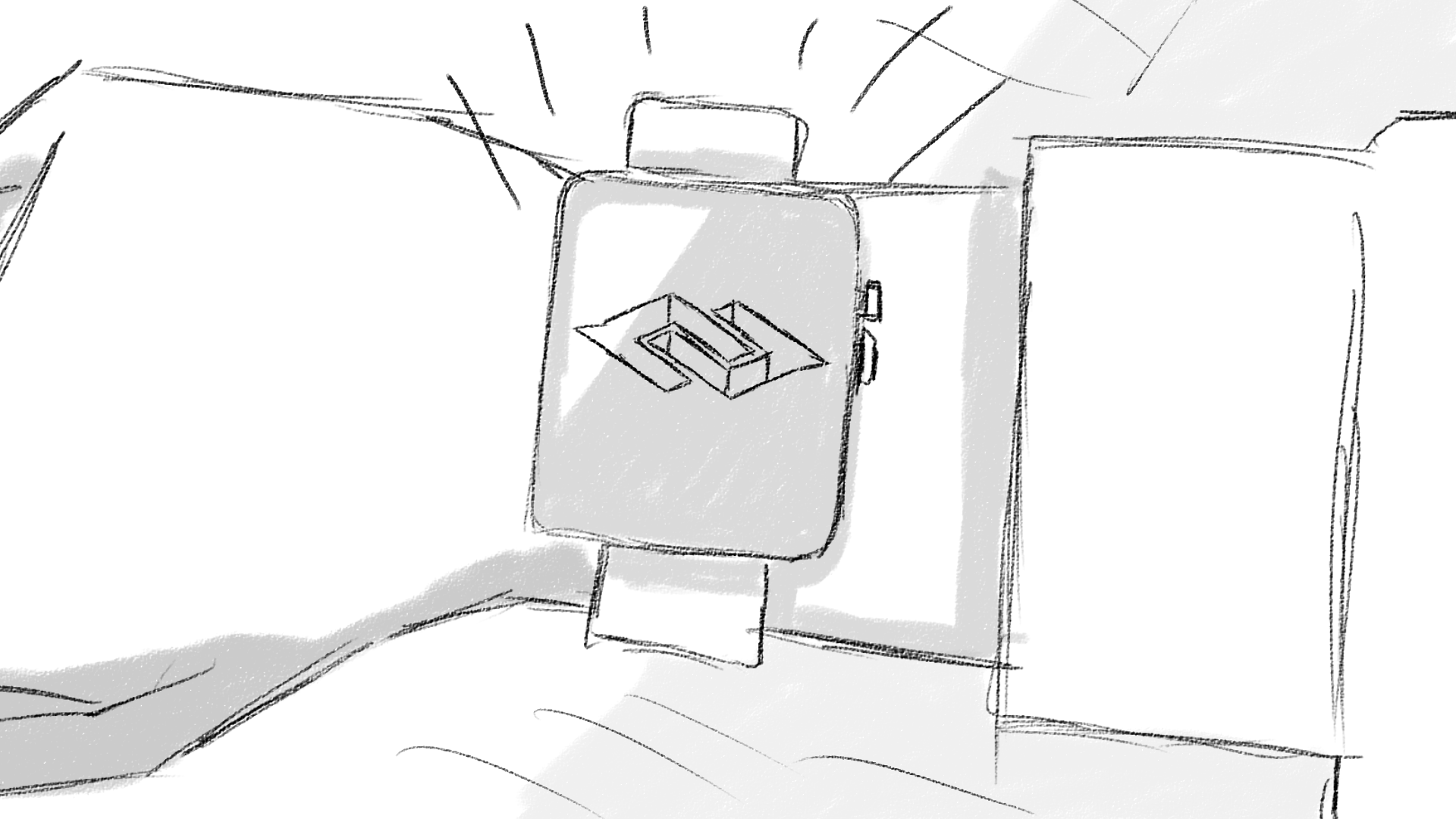
The world of hand-drawnhas left an indelible mark on both the entertainment industry and the hearts of viewers. It continues to be celebrated for its unique appeal and artistic qualities.
Drawn Animation in Film and Television
The influence of hand-drawn extends to the realms of film and television. Iconic characters and unforgettable stories have graced the big and small screens, enriching our cultural tapestry.
Drawn Animation and Storytelling
At its core, hand-drawn animation is a medium for storytelling. We’ll explore the storytelling prowess of drawn animation and how it connects with audiences on an emotional level.
Drawn Animation’s Enduring Appeal
What is it about hand-drawn animation that keeps us coming back for more? We’ll delve into the enduring appeal of this art form and its ability to transcend time and cultural boundaries.
Exploring the Art of Animation Studios
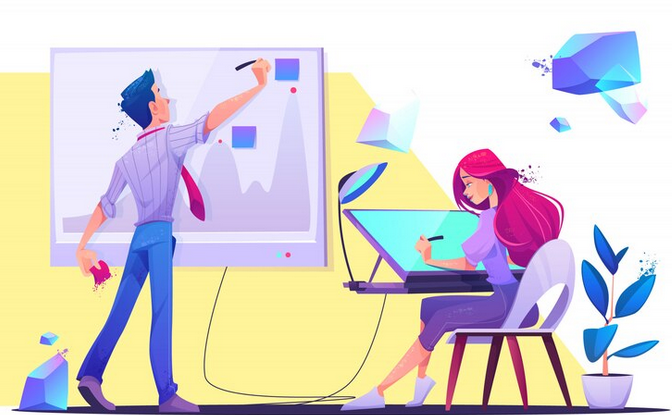
Behind every drawn animation masterpiece, there are animation studios dedicated to bringing these creations to life. Let’s take a look at some of the most renowned animation studios and their contributions to the world of hand-drawn animation.
Disney’s Legacy of Drawn Animation
Disney has been at the forefront of hand-drawn for nearly a century. We’ll delve into the studio’s rich history and its role in shaping the world of animated storytelling.
Studio Ghibli: Japanese Excellence in Drawn Animation
Studio Ghibli has captured the hearts of viewers worldwide with its beautifully crafted hand-drawn animations. We’ll explore the studio’s impact on the global animation scene.
Other Notable Animation Studios
While Disney and Studio Ghibli are household names, there are other notable animation studios that have made their mark in the industry. We’ll shine a spotlight on these creative powerhouses in another article soon.
The Future of Drawn Animation
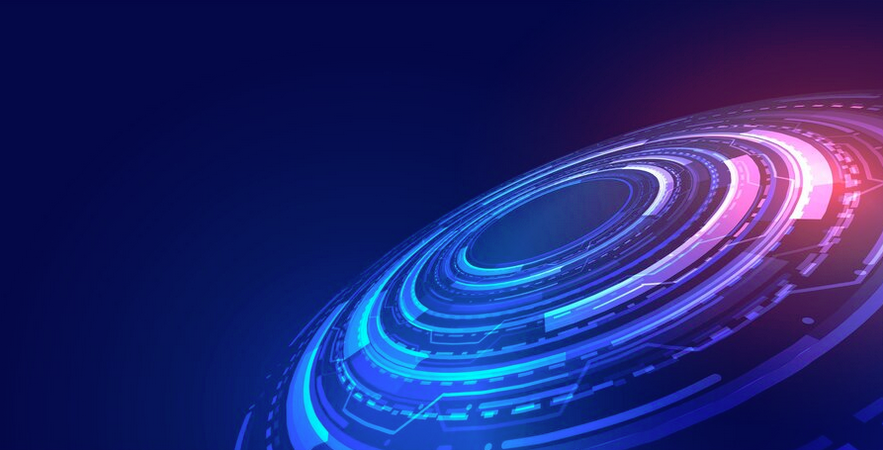
As we conclude our journey through the world of hand-drawn animations, we must contemplate its future. The art form has shown remarkable resilience and adaptability, leaving us with questions about what lies ahead.
Drawn Animation in the Digital Age
The digital age has brought both challenges and opportunities for hand-drawn. What does the future hold for this traditional art form in an increasingly digital world?
Contemporary Drawn Animation Innovations
Emerging artists and animators continue to push the boundaries of hand-drawn. We’ll explore some of the innovative techniques and styles that are shaping the future of the art form.
2D Animation in Pop Culture
Hand-drawn continues to thrive in various forms in popular culture. From web series to indie animations, we’ll investigate how it remains relevant and influential in a future more indepth article.
Conclusion: The Timeless Art of Hand-Drawn Animation
In closing, hand-drawn stands as a timeless and cherished art form that has endured for generations. Its unique appeal, artistic craftsmanship, and rich storytelling tradition make it a beloved medium in the world of animation.
Whether on the big screen, the small screen, or the digital screen, 2D animation, continues to captivate and inspire audiences worldwide.
Ready to bring your ideas to life through captivating animated videos? Contact us today and let’s start creating your next masterpiece
Article by Nicole Delgado 2023 | CMO | Explainer Video Company | Animated Explainer Videos
FAQs
-
What is drawn animation?
- Drawn animation, also known as hand-drawn or 2D animation, is a traditional animation technique where each frame of an animation is created by hand. It involves sketching, inking, and coloring to bring characters and scenes to life.
-
How does drawn animation differ from other animation styles?
- 2D animation, involves creating each frame manually, while other styles like 3D animation or stop-motion use digital or physical models. 2D animation, has a distinct artistic and nostalgic charm.
-
What are some classic examples of drawn animation in film and television?
- Classic examples of 2D animation, include Disney’s “Snow White and the Seven Dwarfs,” Studio Ghibli’s “Spirited Away,” and Warner Bros.’ “Looney Tunes” series.
-
What are the key steps in the hand-drawn animation process?
- The hand-drawn animation process typically involves pencil animation (sketching), ink and paint animation (coloring), and frame-by-frame creation. Each frame is photographed in sequence to create the illusion of movement.
-
Is drawn animation still relevant in the age of digital animation?
- Yes, drawn animation remains relevant and cherished. It has evolved to incorporate digital tools and continues to captivate audiences with its artistic appeal.
-
Are there notable animation studios known for hand-drawn animation?
- Yes, studios like Disney and Studio Ghibli are renowned for their contributions to 2D animation,. There are also other notable studios making a mark in the industry.
-
How has drawn animation influenced storytelling in film and television?
- 2D animation, is a powerful storytelling medium, known for its emotional depth and character-driven narratives. It has had a significant impact on the way stories are told in both film and television.
-
What is the future of hand-drawn animation in the digital age?
- 2D animation, is adapting to the digital age, blending traditional and digital techniques. It continues to evolve with emerging artists and innovations in the field.
-
How can I get started with 2D animation, as an aspiring artist or animator?
- Getting started with 2D animation, often involves learning fundamental drawing skills and studying animation techniques. Many educational resources, courses, and software tools are available to help aspiring animators.
-
What makes 2D animation, a timeless and enduring art form?
- The enduring appeal of 2D animation, lies in its unique blend of artistry, storytelling, and craftsmanship. It has a nostalgic charm that resonates across generations, making it a beloved medium in the world of animation.


